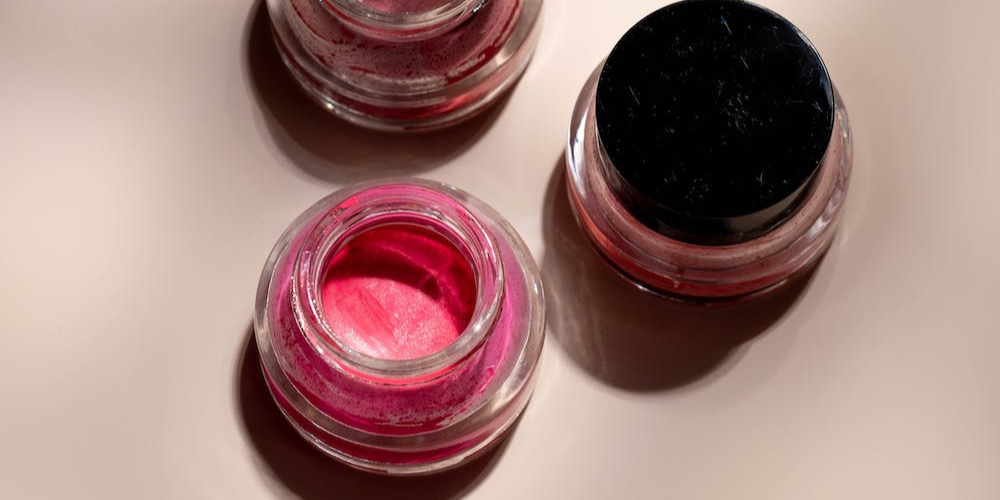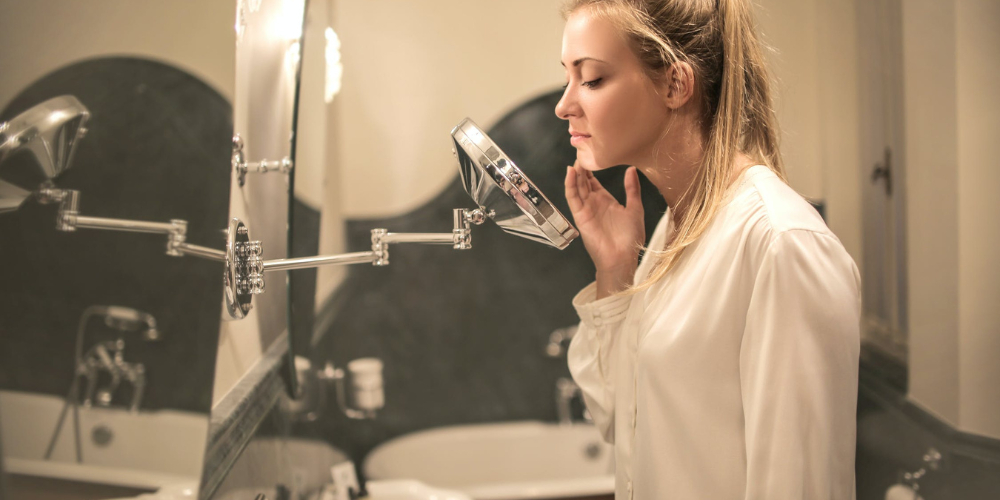
While there are several “good” mould types, like penicillin used in antibiotics and blue cheese, any mould growing on your makeup is terrible news. Mould can start developing on your cosmetic products when they expire, aren’t stored properly, or aren’t kept clean. For example, blush and powder brushes that aren’t cleaned thoroughly every couple of weeks are notorious for developing toxic moulds and fungus.
But the best way to ensure that you aren’t exposing yourself to dangerous moulds through cosmetics is through education. So we’ve found everything you need to know about mould toxicity and makeup.
Mould and your Health
When it comes to mould exposure, the most common symptoms are wheezing, stuffiness, irritated skin, and watery or itchy eyes. These symptoms can occur from living in a space contaminated by mould or applying a mouldy foundation all over your face multiple times per week. No matter how you’re exposed to toxic mould, it’s going to have a negative impact on your overall health.
For this reason, it’s incredibly important to take every precaution to avoid mould formation on your cosmetics and other beauty products.
Mould Growth in Cosmetics
Often, it’s difficult to tell if your cosmetics have been tainted by mould, unlike the loaf of bread in your kitchen that’s sprouted furry white and blue spots. So while your makeup might grow these little fuzzy patches, they don’t develop nearly as quickly as they do on food products, which means you’ll likely use them while they are contaminated.
The primary reason mould starts growing in cosmetics is that they’ve passed their expiration date. If your favourite concealer expired a year ago, but it still looks okay, don’t risk it! Even though regular makeup and clean beauty contain preservatives to fend off bacteria, these aren’t always 100 percent effective.
Mould is also more likely to grow if you store your cosmetics in a warm, moist, or humid place, as both of these are breeding grounds for bacteria.
If you’re suspicious about a beauty product that has no expiration date, rely on your senses to tell you if it’s safe to use. When gone mouldy, lots of products will feel, look, or smell differently.

The Impact of Mold on your Skin
The skin on your face is very sensitive, which is why it’s crucial to avoid using products that have been contaminated with mould. After using mouldy cosmetics, you may notice itchiness, red patches or a rash, hives, inflammation, or even acne for those who are prone to breakouts. But if you’ve got a perfectly functioning immune system, your skin might not have any reaction at all, which is why you’ve got to be wary about the state of your cosmetics.
Applying mouldy beauty products, like mascara, around your eyes could lead to itchiness, redness, or swelling.
Clean Preservatives and their Purpose
While we don’t want preservatives in the food we eat, clean preservatives can be a helpful addition to cosmetics as they extend the life of the product. Instead of chemical-based preservatives, clean beauty brands use natural preservatives like salt, alcohol, ascorbic acid, rosemary oil extract, phenols, benzoic acid, oregano extract, and more. These are all completely safe ingredients that won’t do any damage to your skin or overall well-being.
These clean preservatives prevent the growth of toxic bacteria and moulds without causing skin irritation, disrupting your hormones and endocrine system, or impacting your reproductive health. These are all possible side effects of using parabens and chemical-based preservatives. Synthetic preservatives and formaldehyde-releasing preservatives are by far the worst for your skin and overall health, so always check the ingredient label on cosmetics and other beauty products before purchasing. If you’re unsure of how to go about this, the Think Dirty app can help!
Disclosure: We are a professional review and product rating website and mobile app that receives compensation from the companies whose products we review and rate. We are independently owned and the opinions expressed here are our own interpretations of a trusted source.
Mould Toxicity: Is Your Makeup a Breeding Ground was originally published in Think Dirty on Medium, where people are continuing the conversation by highlighting and responding to this story.